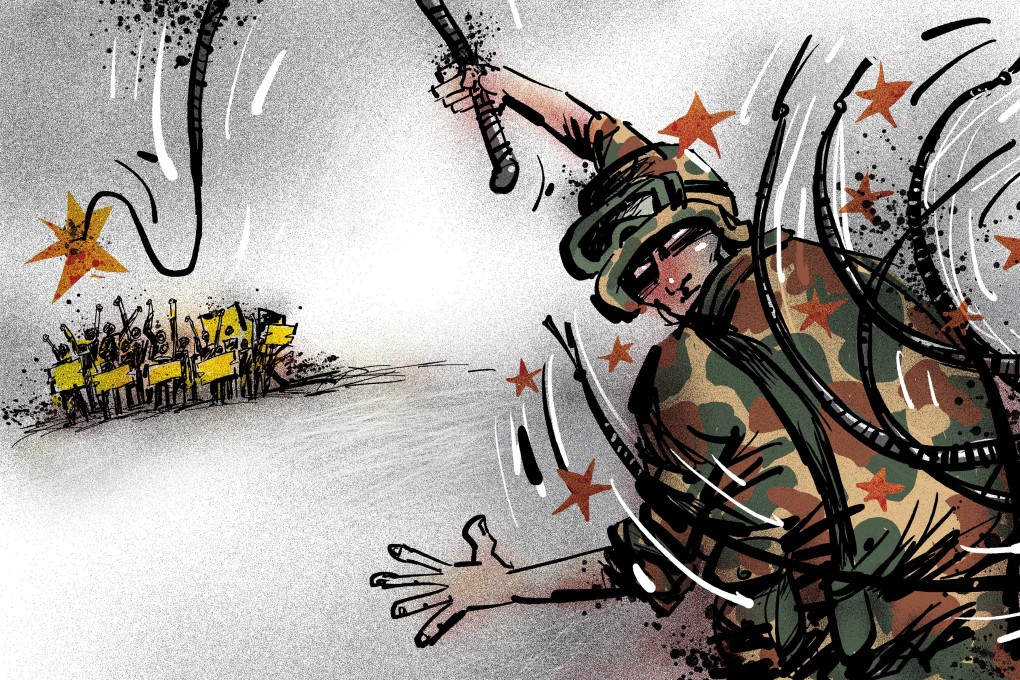Advertisement
If Beijing is considering deploying the PLA in Hong Kong, it should heed the legacy of the Hungarian Revolution and act with care
- In 1956, the Soviet Union forcefully quelled dissent in Hungary, and consequently lost moral standing in the cold war
- China should remember this and consider what PLA intervention in Hong Kong would mean for its ‘peaceful rise’ narrative
Reading Time:4 minutes
Why you can trust SCMP

The ongoing protests in Hong Kong over the extradition bill are undoubtedly the biggest crisis since the introduction of the “one country, two systems” legal framework to manage China-Hong Kong relations after the handover in 1997.
In the three months the protests have been going on, one thing is crystal clear: there is a significant group of organised Hongkongers who are prepared to protest loudly – and even fight – to protect their rights. Less clear is what Beijing will do about the protests. The brewing trouble is problematic for a number of reasons.
First, the sight of Hongkongers taking to the streets has the potential to inspire mainlanders. Hong Kong (along with Taiwan) is seen as a potential back door for subversive ideas to infiltrate China. This is especially worrying for Beijing as there has been a significant erosion of freedoms on the mainland in recent years which could foment internal discontent.
Advertisement
Second, to date, Beijing has blamed the protests on Western instigators. It has told Chinese citizens that the West is out to undermine China in an attempt to spark regime change. However, at the same time, Beijing tells its citizens that it has the power to resist the West, so non-action in the face of the protests could cause significant internal dissonance.
Third, despite fears at the time of the handover, Hong Kong has remained a world-class financial centre and emerged as an important gateway to China. However, the turmoil in Hong Kong is potentially disruptive for its international financial reputation, especially as it has a close (and more stable) competitor in Singapore.
Advertisement
Advertisement
Select Voice
Choose your listening speed
Get through articles 2x faster
1.25x
250 WPM
Slow
Average
Fast
1.25x
